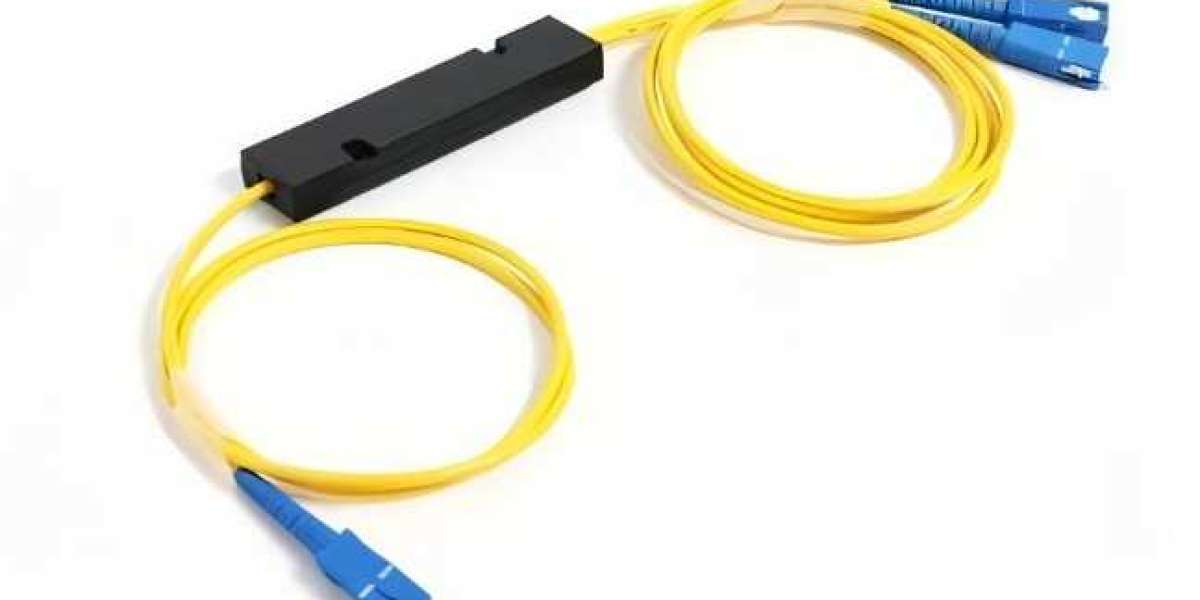Understanding Passive Optical Receivers
Passive optical receivers utilize a process called photoelectric detection, where specific materials convert light into electrical current. When an optical signal is directed onto a photodiode within the receiver, it generates a current proportional to the intensity of the light. This conversion is essential for devices that rely on electrical signals to process and use the transmitted data.
Key Applications of Passive Optical Receivers
1. Fiber-to-the-Home Networks
One of the primary applications of passive optical receivers is in Fiber-to-the-Home (FTTH) networks. In these networks, a single optical signal is distributed to multiple residential users through passive splitters. At each endpoint, passive optical receivers convert the weak light signals into electrical signals that can be utilized by various electronic devices, such as computers and televisions. This setup allows for high-speed internet access without the need for complex electronic components at each location.
2. Passive Optical Local Area Networks
Passive optical receivers are also widely used in Passive Optical LANs (POLs), which connect multiple devices to a central switch or server. In this scenario, the receivers facilitate the conversion of optical signals for numerous endpoints, enabling efficient data communication within a local area network. The simplicity and cost-effectiveness of passive optical receivers make them an attractive option for organizations looking to expand their network capabilities.
3. Optical Monitoring Systems
In optical monitoring systems, passive optical receivers play a vital role in assessing the quality of signal transmission. By tapping into the main fiber optic line using passive couplers, these receivers can monitor signal strength and quality without interrupting the data flow. This capability is essential for network operators who must ensure optimal performance and quickly identify any issues that may arise.
4. Sensor Networks
Passive optical receivers are increasingly being integrated into sensor networks, particularly in applications requiring environmental monitoring. By converting light signals generated by sensors into electrical signals, these receivers facilitate data collection and analysis. This integration enables real-time monitoring of various parameters, such as temperature and humidity, in a cost-effective manner.
5. Cost-Effectiveness and Reliability
One of the significant advantages of using passive optical receivers is their lower cost compared to active receivers. Because they do not require an external power supply or complex circuitry, they simplify the design and operation of fiber optic networks. This reduction in complexity leads to increased reliability and lower maintenance requirements.
In conclusion, passive optical receivers are indispensable components within fiber optic networks, offering versatile applications ranging from FTTH networks to optical monitoring systems. Their ability to convert light signals into electrical signals without external power makes them particularly valuable in various sectors. As the demand for high-speed data transmission continues to grow, the importance of optical passive components, including passive optical receivers, will only increase, solidifying their role in the future of communication technology.







